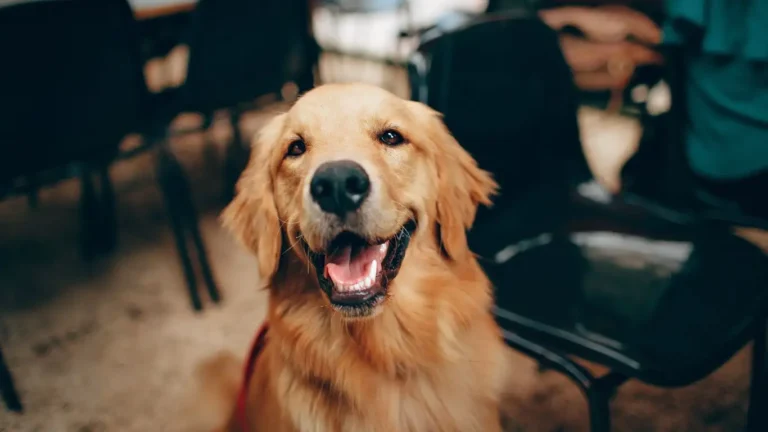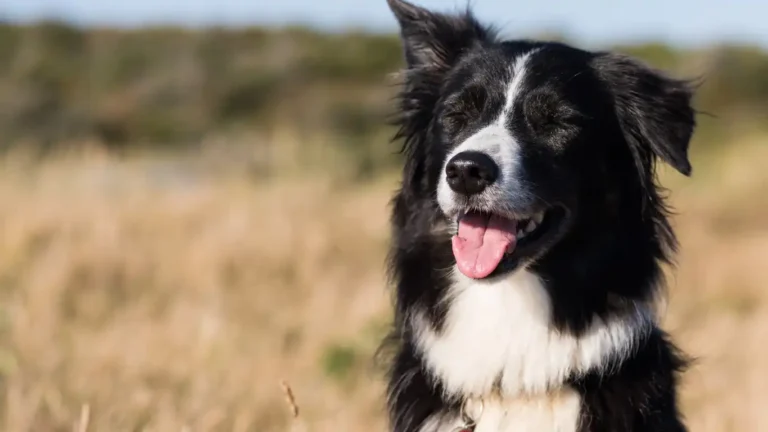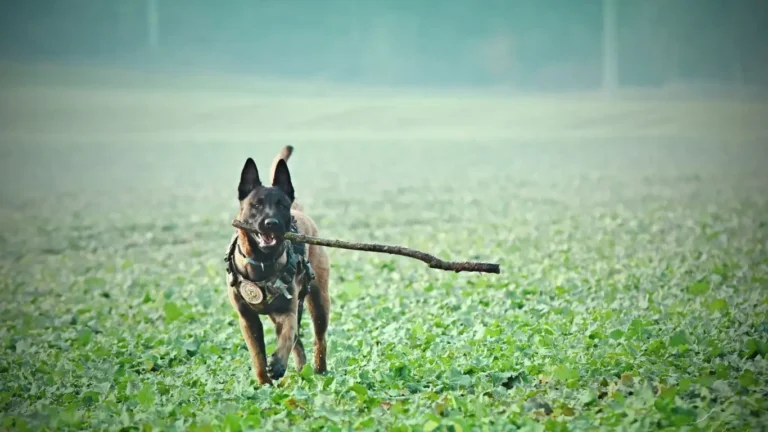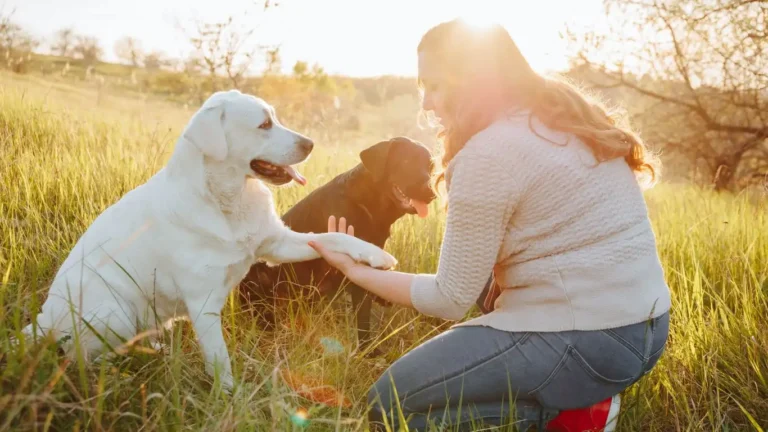Master Emergency Recall: Train Your Dog to Come Instantly Every Time
Let’s talk about a command that could literally save your dog’s life—emergency recall. If you’ve ever found yourself panicking because your pup bolted after a squirrel or darted toward traffic, you know just how crucial it is to teach this skill. As a Canine-Assisted Therapy Trainer, I’ve worked with countless dogs and their humans to build a reliable emergency recall. So, in this post, we’re diving deep into how to train a dog to respond to emergency recall. No fluff, just real-life insight, some stories from the field, and a step-by-step approach that’s both effective and rooted in experience.
Why Emergency Recall is More Than Just a Fancy Trick
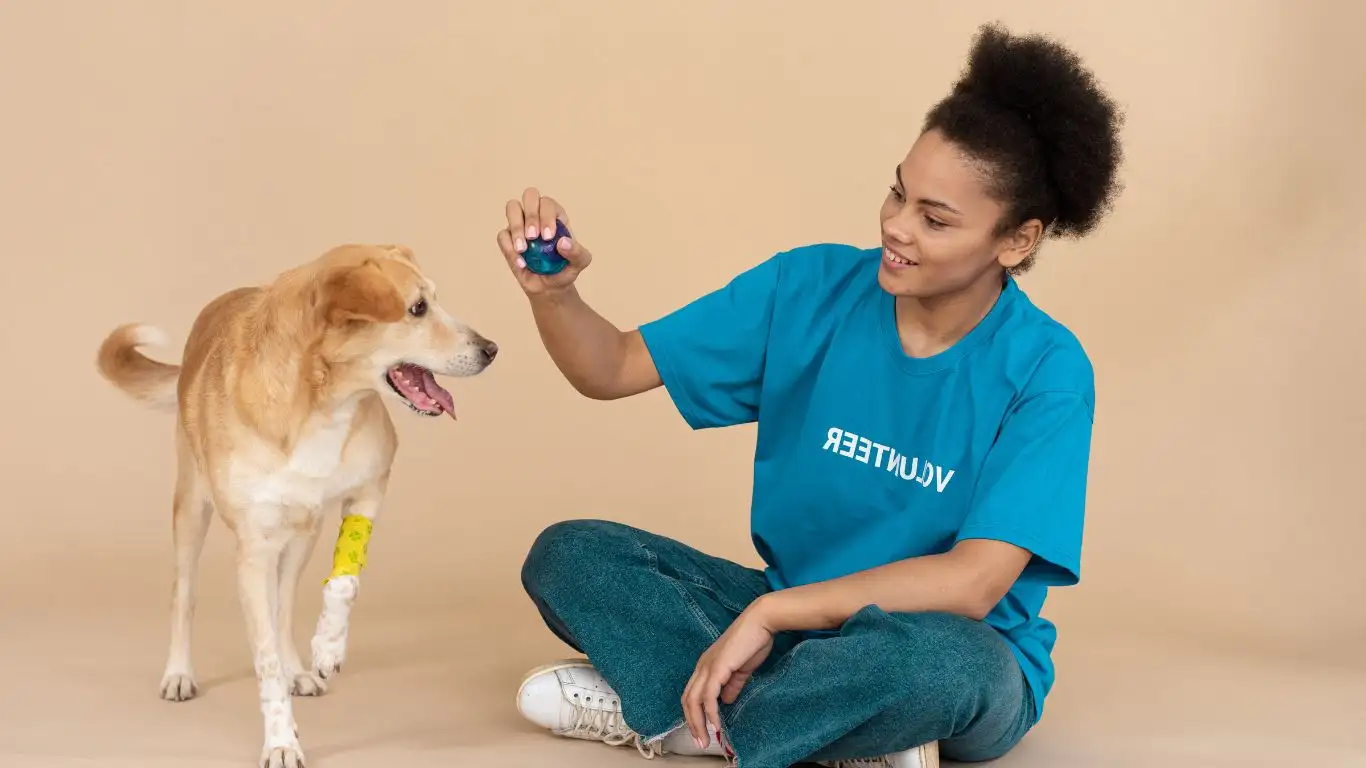
When most people think about dog training, they imagine the basics—sit, stay, shake. But when it comes to safety, recall is everything. And I’m not just talking about the “come” command when you’re calling your pup in from the yard. I mean the kind of recall that cuts through distractions, adrenaline, and chaos—what I like to call the break-glass-in-case-of-emergency recall.
One client I worked with, a sweet Lab named Nala, used to bolt the second she saw a rabbit. Her owner was at her wit’s end. She’d tried treats, calling, whistling, even chasing her. Nothing worked. After implementing an emergency recall protocol, not only did Nala learn to respond immediately, but her overall off-leash reliability skyrocketed. That’s the kind of transformation we’re aiming for.
What Makes Emergency Recall Different From Regular Recall?
Think of it this way: your dog probably already knows what “come” means. But will they respond to it if they’re chasing a bird, playing with another dog, or mid-sniff on the best patch of grass they’ve ever found? Probably not.
Emergency recall is a separate, supercharged command that’s reserved for high-stakes situations. You’ll teach it differently, reward it differently, and only use it when it really counts.
Before You Begin: What You’ll Need
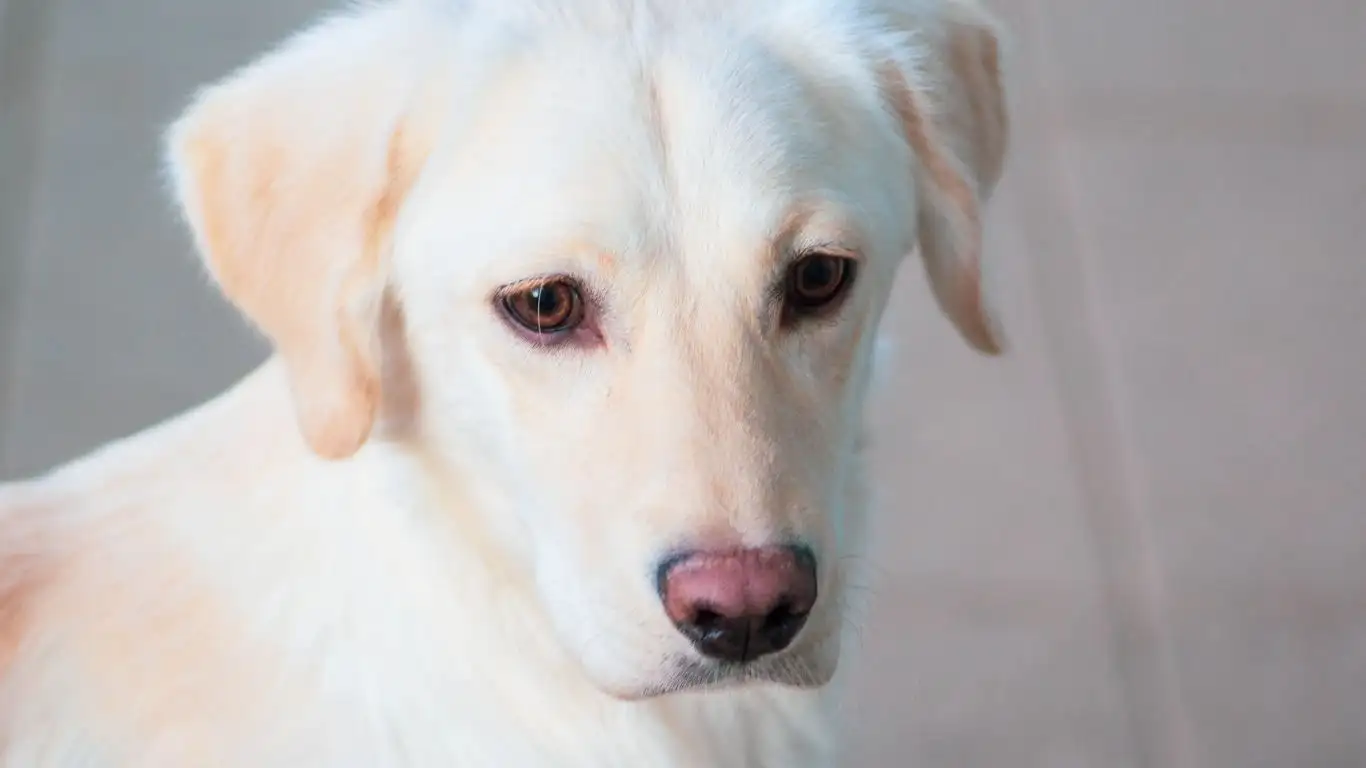
Before we jump into the “how,” let’s talk tools. Training a solid emergency recall means setting yourself—and your dog—up for success. Here’s a quick list of what you’ll need:
- High-value treats: Think boiled chicken, liver, cheese—stuff your dog goes wild for.
- Long line leash: A 15 to 30-foot leash gives your pup freedom while keeping them safe during training.
- A new word: Choose a unique word or sound that you’ll ONLY use for emergency recall. Something like “Now!” or a whistle works well.
- Patience and consistency: This one’s free but absolutely essential.
Pro tip from my own training sessions: always keep the treats in a quiet ziplock or treat pouch. The sound of that crinkle eventually becomes a cue itself!
Step-by-Step: How to Train a Dog to Respond to Emergency Recall

Step 1: Pick Your Word
First things first—pick your emergency recall cue. It should be short, punchy, and not something you say in everyday conversation. I’ve had clients use words like “Zap!”, “Boom!”, or even a unique whistle sound. The idea is that this word always means amazing things are coming.
Step 2: Condition It Like Pavlov
This step is simple but powerful. Several times a day, say your emergency cue in a happy, excited tone—then immediately give your dog a jackpot of treats. Don’t ask them to do anything. Just say the word, treat, and repeat.
- Say your emergency cue—e.g., “Boom!”
- Immediately give your dog 5-6 high-value treats in a row, like a treat party.
- Do this in a boring room with no distractions for the first few days.
This step is all about building a crazy-strong positive association with the cue. Your dog should start thinking, “Whoa, that word means the treat fairy is about to rain snacks from the sky.”
Step 3: Add Motion
Once your dog perks up at the sound of the word, start adding movement. Say the cue, then run away from your dog like you’re starting a game. When they chase you and catch up, reward big-time. This builds drive and excitement into the command.
Important: Never use this command to call your dog for something negative (like a bath or nail trim). It has to remain sacred and positive 100% of the time.
Step 4: Take It Outside
Now that your dog understands the cue indoors, it’s time to move it into the real world. Use your long line and start in a quiet backyard or open field. Don’t rush this part—only increase difficulty when your dog is reliably nailing it in the current setting.
- Start on a long line in a low-distraction area.
- Wait until your dog is sniffing or slightly distracted.
- Say the emergency cue and RUN in the opposite direction.
- When your dog catches up, jackpot treats and tons of praise.
And remember—practice makes predictable. The more you proof this command in different environments, the more automatic it becomes when you really need it.
Building Reliability: Repetition, Realism, and Reinforcement
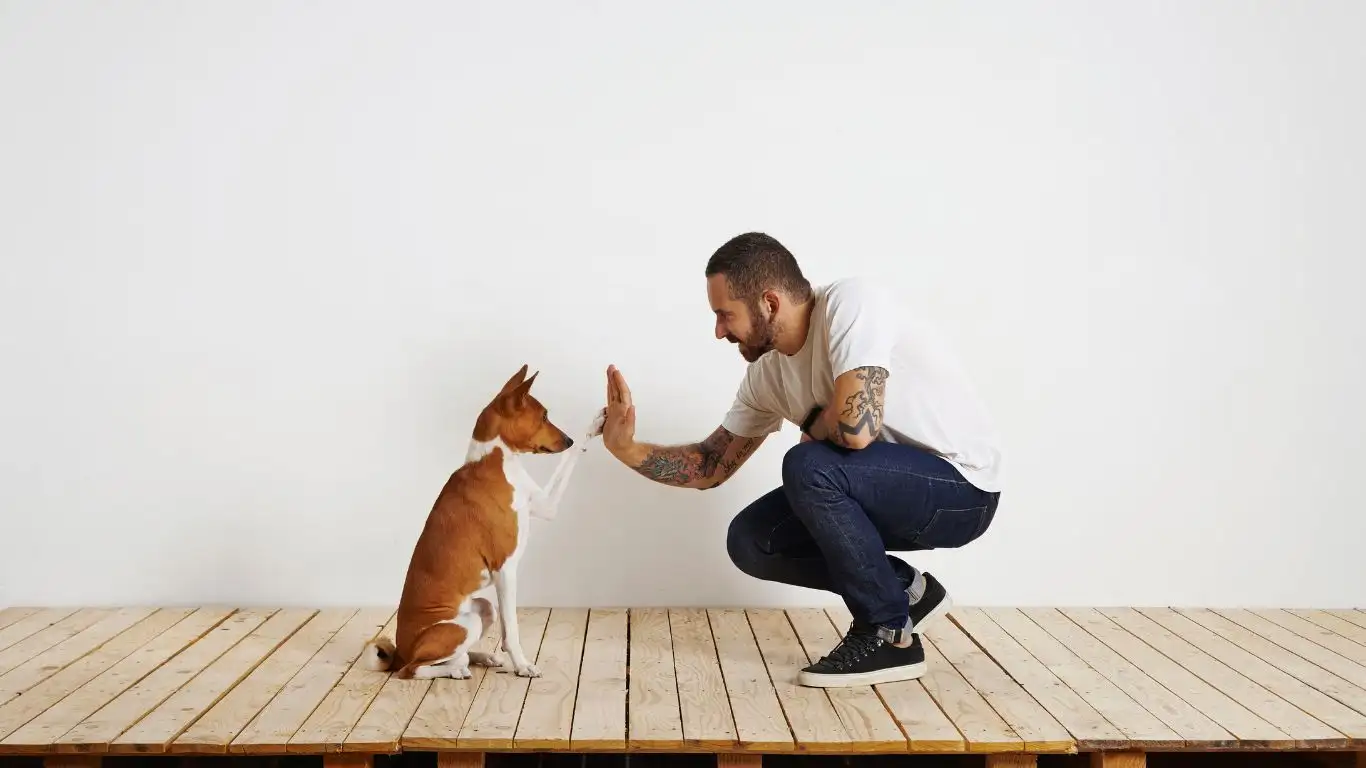
Once you’ve got the basics down, it’s time to build reliability—and this is where the real training magic happens. I always tell my clients that consistency trumps intensity. You don’t need to drill your dog into the ground for an hour a day. What you need is short, meaningful practice in a variety of contexts.
I remember a client with a high-energy border collie named Max. That dog was as fast as a lightning bolt and just as unpredictable in open spaces. His owner and I worked recall into daily activities—during walks, playtime, even snack breaks. Within a couple weeks, Max was responding like a pro, even around other dogs. What made the difference? We practiced like it mattered every time.
Make Emergency Recall Part of Real Life
Here’s a quick strategy I’ve used in my own training sessions and workshops to help weave emergency recall into everyday life:
- Set random “recall alarms” on your phone to trigger short training moments.
- Keep treats in multiple places—coat pockets, by the door, car glove box—so you’re always ready.
- Use your emergency recall cue once or twice a day (max), reward like crazy, and then ignore your dog for a bit so they don’t always expect continuous attention afterward.
Less is more. If you overuse the cue, it loses its power. Keep it sacred, exciting, and reserved for when you really want to make it count.
Common Pitfalls and How to Avoid Them
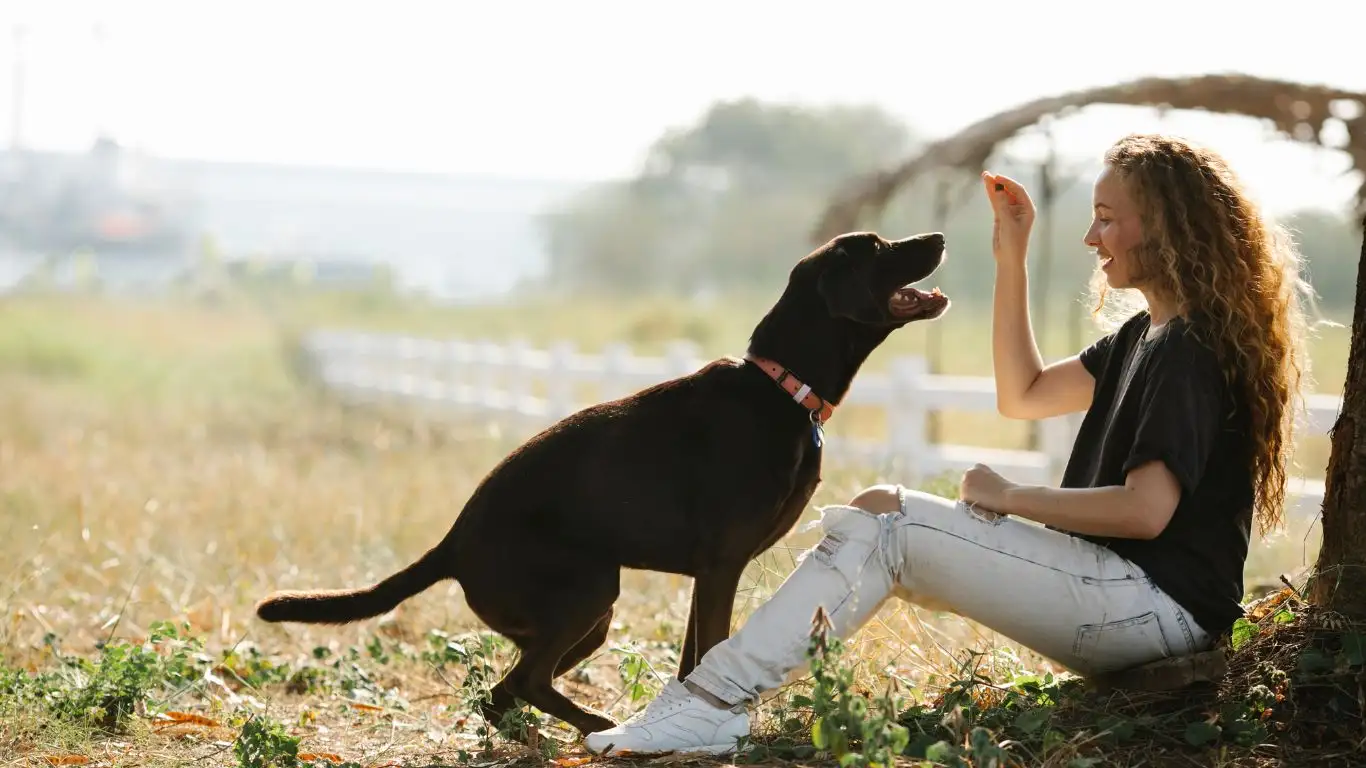
I’ve seen some recurring mistakes over the years—totally fixable, but they can make or break your training. Here’s what to watch out for:
1. Using the Cue in Negative Contexts
If you call your dog to give them a bath or leave the dog park, that cue starts to feel like a trick—not a reward. One of my early clients accidentally poisoned her recall cue by using it before crate time. Took us three weeks to rebuild it from scratch. Learn from her experience: only associate your emergency recall word with awesome things.
2. Getting Frustrated When They Don’t Come
This one’s tough, especially when emotions run high. I totally get the panic of seeing your dog ignore you in a dangerous situation—but yelling, scolding, or chasing only makes it worse. If your dog doesn’t respond, take a breath, stay calm, and try again. You’re not just training their body—you’re training trust.
3. Rewarding Too Late
Timing is everything. That reward should come the second your pup gets to you. If you fumble for treats or hesitate, the connection between recall and reward gets fuzzy. Practice your delivery. Get fast with your treat pouch. I literally practice it like a magic trick in front of the mirror sometimes. No shame in my game!
Proofing the Command: Distractions, Distance, and Duration
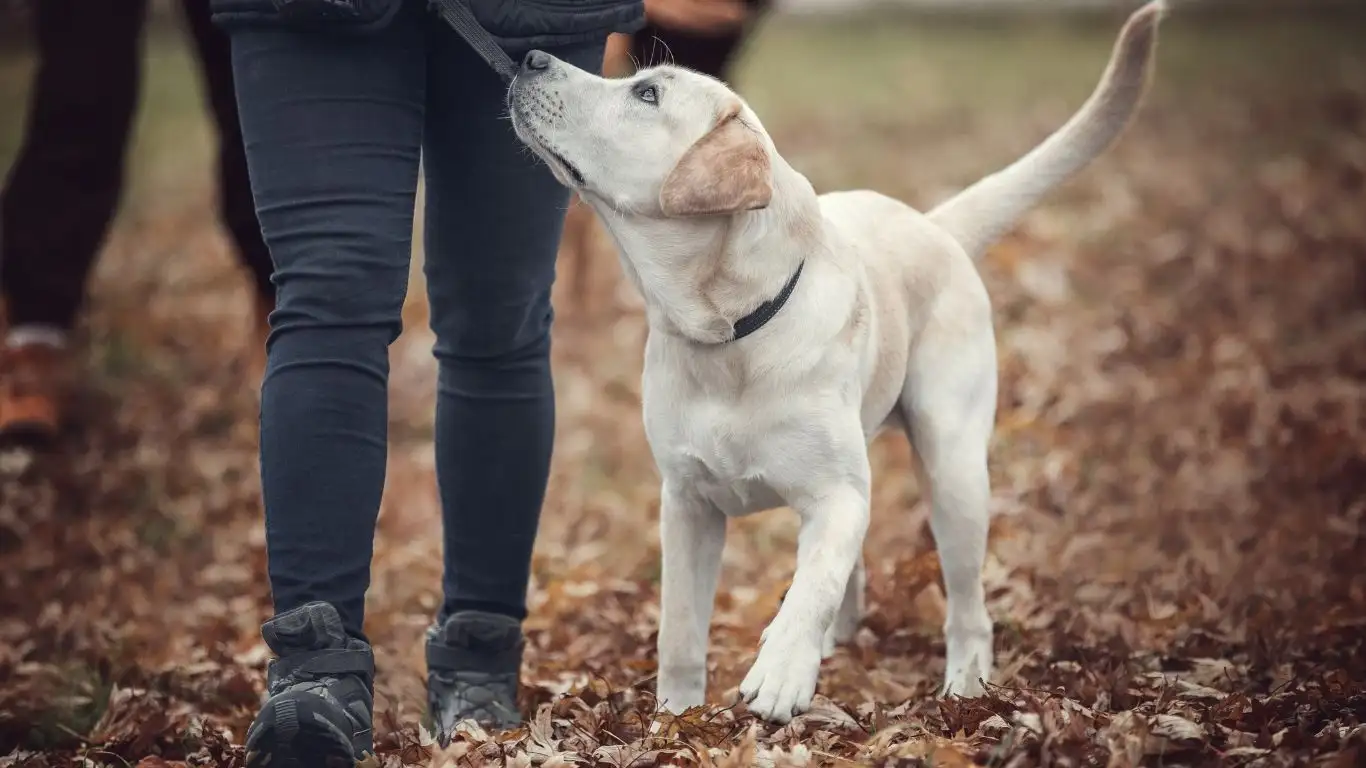
So your dog nails the recall in your backyard? Awesome. But what about the beach, a hiking trail, or your local dog park? That’s where we “proof” the command—basically making sure your pup can perform in real-world scenarios, not just your living room.
Start Easy, Then Add Layers
- Distractions: Start with mild ones, like a family member walking by. Then work up to other dogs, kids, or wildlife (if safe).
- Distance: Slowly increase how far your dog is from you when you give the cue. A 30-foot long line helps here.
- Duration: Wait until your dog is fully engrossed in something before giving the cue. That’s real-life practice right there.
I like to make it a game. Sometimes I’ll walk into a new environment and say, “Okay, what’s the weirdest thing I can train around today?” One time I had a recall session outside a food truck festival. Chaos, smells, music—and yep, my therapy trainee pup still turned on a dime. That level of reliability isn’t just impressive—it’s potentially lifesaving.
Layering in Play and Movement
Emergency recall training doesn’t have to feel like school. In fact, it shouldn’t. I’m a huge advocate for making it fun. Dogs learn best when they’re playing—no surprise there, right?
Games That Reinforce Emergency Recall
- Catch Me If You Can: Say the cue, then sprint away. Dogs love the chase—it builds speed and enthusiasm.
- Round Robin Recall: Involve the whole family. Everyone takes turns calling the dog using the cue, rewarding heavily.
- Hide and Seek: Hide behind trees, furniture, or even under blankets. When your dog finds you after the cue, celebrate!
These games not only sharpen your dog’s response—they build your bond. And that trust is what makes your dog choose you over a squirrel, a jogger, or another dog. That’s the secret sauce right there.
Keeping It Fresh
One thing I’ve learned over the years is that dogs can get bored just like people. If your emergency recall is feeling a little stale, mix things up:
- Switch locations. Even a different side of the yard can offer new challenges.
- Change rewards. One day it’s chicken, the next it’s a tug toy. Keep it interesting.
- Use unexpected recall moments—like right after your dog eats or during a walk when they’re mid-sniff.
Your dog’s response in an emergency depends on the habits you build when things are calm. That’s why these little daily moments matter so much more than an occasional intense training session.
What To Do When It Goes Wrong (And How To Recover)

Okay, real talk—sometimes your dog’s gonna blow you off. It happens. Even the best-trained pups get caught up in the moment. I’ve seen therapy dogs-in-training totally ignore a recall because someone dropped a french fry 10 feet away. (No judgment—I’d probably do the same.)
The key is not to panic. What you do after a failed emergency recall matters just as much as the training itself. Here’s what I recommend, both from experience and working with dozens of dog parents:
Stay Cool and Don’t Punish
If your dog comes to you late, or after ignoring you the first time, still reward them. Yes, really. Even if you’re fuming inside. If you scold them, you’re just teaching them that coming back to you might lead to something unpleasant. That’ll make them think twice next time—and not in a good way.
What I usually say is, “You’re not rewarding the delay. You’re rewarding the return.” If you need to reset the training after a flubbed moment, that’s okay. Just don’t make a big deal of the mess-up. Keep it moving.
Review and Rewind
When things fall apart, go back to the basics. Was there too much distraction? Were you too far away? Was the reward not exciting enough? Often, dogs “fail” because we humans skipped a step. No shame in going backward a bit to reinforce what they already know.
Trust me—I’ve had to rewind more than a few times in my own sessions. One time I tried to practice emergency recall near a skate park. I thought we were ready. We were not. My client’s dog just stood there staring at the wheels and ignored me completely. So we dialed it back, added more practice in semi-distracting environments, and slowly worked our way up again.
Taking It to the Next Level: Off-Leash Reliability

Once you’ve built a solid emergency recall on a long line, you might be thinking about off-leash freedom. And yeah—it’s a beautiful thing watching your dog run free and knowing they’ll still come back when it counts. But this stage takes serious trust, consistency, and yes, some legal awareness (always check local leash laws).
Work in Controlled Off-Leash Environments
Start in fenced-in areas. Dog parks during off-hours, friends’ backyards, or tennis courts are perfect for early off-leash training. Use a lightweight drag line at first just in case you need to grab it.
Pro tip: Hide occasionally. Seriously. When your dog realizes you might vanish if they don’t keep an eye on you, they tend to get a lot more responsive. It’s a natural motivator built into their social instincts.
Keep Surprise Recalls in the Rotation
Once your dog is doing well, don’t fall into the trap of only calling them when it’s time to go home. Mix it up. Call them, reward, and then let them go play again. This way, they don’t associate recall with the end of fun.
I had a golden retriever named Sunny in one of my classes. His owner only called him when it was time to leash up and leave the park. After a while, Sunny would straight up avoid coming when he heard the recall cue. We fixed it by randomly rewarding and releasing him again—and his recall got sharper almost overnight.
How Often Should You Refresh Emergency Recall Training?
Short answer? Regularly. Long answer? You don’t need to drill it every day, but it should be part of your lifestyle with your dog. Just like we brush our teeth daily even though we know how, our dogs need refresher reps to keep that recall sharp.
Easy Ways to Keep It Fresh:
- Use it during random walks or hikes, not just in the yard.
- Change your rewards every so often—novelty boosts motivation.
- Record your training sessions and watch them. You’ll be surprised what you catch (both good and bad).
And don’t worry if life gets busy—just 3 to 5 minutes a few times a week is enough to maintain the habit.
Final Thoughts: You and Your Dog Are a Team
At the end of the day, teaching how to train a dog to respond to emergency recall is really about building trust. It’s not just about commands—it’s about communication, connection, and confidence. Your dog isn’t a robot, and neither are you. There’ll be hiccups, but that’s all part of it.
Some of the most rewarding moments I’ve had as a Canine-Assisted Therapy Trainer didn’t come from perfectly executed obedience, but from watching that spark in a dog’s eye when they realized, “I did the thing, and my human is proud.” That’s the magic. That’s the bond.
So stay patient. Stay playful. And remember—every training moment is a chance to strengthen your relationship with your pup.
References
Disclaimer
This article is for informational purposes only and based on my personal and professional experience as a Canine-Assisted Therapy Trainer. Every dog is unique, and results may vary based on breed, age, temperament, and environment. For specific behavioral concerns, consult a certified dog trainer or veterinary behaviorist.

